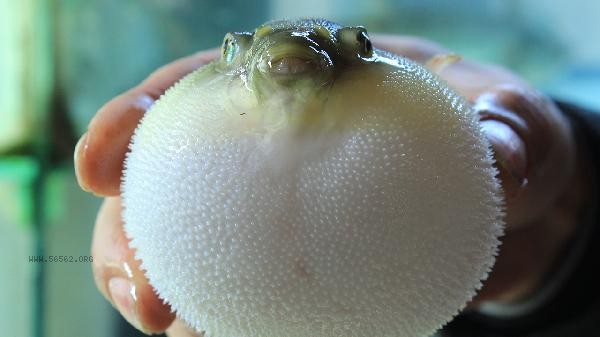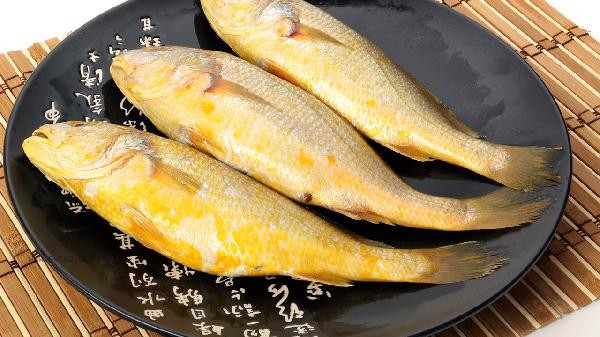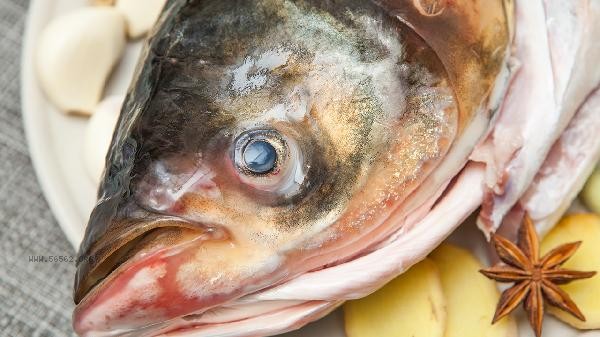When frying fish, adding salt to the oil mainly has the functions of preventing sticking to the pot, enhancing flavor, accelerating fish skin shaping, reducing oil splashing, and promoting fish meat flavor. Adding salt to the oil before frying fish can form a barrier layer, reducing direct contact between the fish skin and the bottom of the pot. Salt particles fill the small concave and convex areas at the bottom of the pot, making the fish skin more evenly heated. Salt infiltration into the surface of fish skin can quickly form a crispy shell, shortening high-temperature cooking time. The crystal structure of salt can absorb some moisture and suppress the phenomenon of hot oil splashing. Salt combines with fish protein at high temperatures to help flavor compounds penetrate.

Excessive salt intake may cause fish meat to become dehydrated and dry, with a salty exterior and a bland interior. Coarse salt particles dissolve slowly and are prone to residual bitterness. It is recommended to use fine salt or dissolve them in advance. The amount of salt added to marinated fish should be reduced to avoid excessive sodium intake. Adding salt to an iron pot may accelerate corrosion, and the non stick coating of the pot is prone to wear when in contact with salt particles. hypertensive patients should control their total salt intake and use spices such as scallions, ginger, and garlic to enhance their taste.

When frying fish, it is recommended to use a flat bottomed pan and preheat it thoroughly. When the oil temperature rises to slightly smoke, sprinkle a small amount of salt. Choosing fresh fish can reduce the fishy smell, and using kitchen paper to absorb surface moisture can improve the frying effect. Paired with lemon juice or vinegar, it can balance the salty taste. Fry over low to medium heat to ensure consistent internal and external ripeness. Control the total amount of salt not to exceed the recommended daily intake, and cardiovascular disease patients can use low sodium salt as a substitute. After frying, let it stand for two minutes and then flip it to keep the fish skin intact and not broken.









Comments (0)
Leave a Comment
No comments yet
Be the first to share your thoughts!